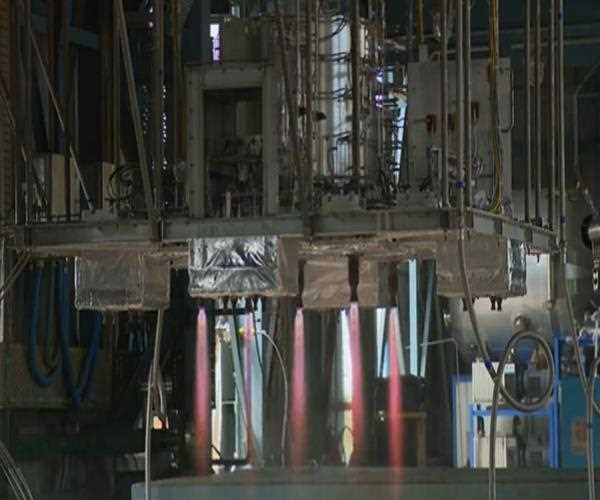
ISRO Successfully Tests Propulsion Systems on India's First Human Spaceflight Mission
July 28, 2023
The Indian Space Research Organisation (ISRO) has successfully conducted two more tests of the propulsion systems that will be used on India's first human spaceflight mission, Gaganyaan. The tests were conducted at the ISRO Propulsion Complex in Mahendragiri, Tamil Nadu, on Wednesday, July 26.
The tests involved the Gaganyaan Service Module Propulsion System (SMPS), which is responsible for providing the spacecraft with its main propulsion. The SMPS is made up of a number of engines, including the Liquid Apogee Motor (LAM), which will be used to boost the spacecraft into a higher orbit, and the Reaction Control System (RCS), which will be used to control the spacecraft's attitude and velocity.
The two tests were conducted in a "hot fire" configuration, meaning that the engines were actually fired. The first test lasted for 723.6 seconds and focused on demonstrating the Orbital Module injection. The second test lasted for 1,200 seconds and focused on demonstrating the de-boosting requirements and off-nominal mission scenarios.
Both tests were successful, and the ISRO has said that they provide further confidence in the performance of the SMPS. The Gaganyaan mission is scheduled to be launched in 2024, and the successful tests of the propulsion systems are a major milestone in the project's development.
About Gaganyaan
Gaganyaan is India's first human spaceflight mission. The mission aims to demonstrate human spaceflight capability by launching a crew of three people into a 400-kilometer orbit for a three-day mission and safely returning them to Earth by landing in Indian sea waters.
The mission is being led by the ISRO, and it is expected to be a major milestone in India's space program. The success of the mission would pave the way for future human spaceflight missions from India, including longer missions and missions to the Moon.


